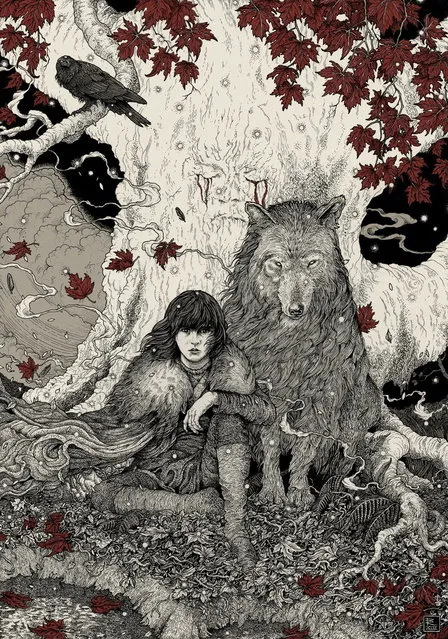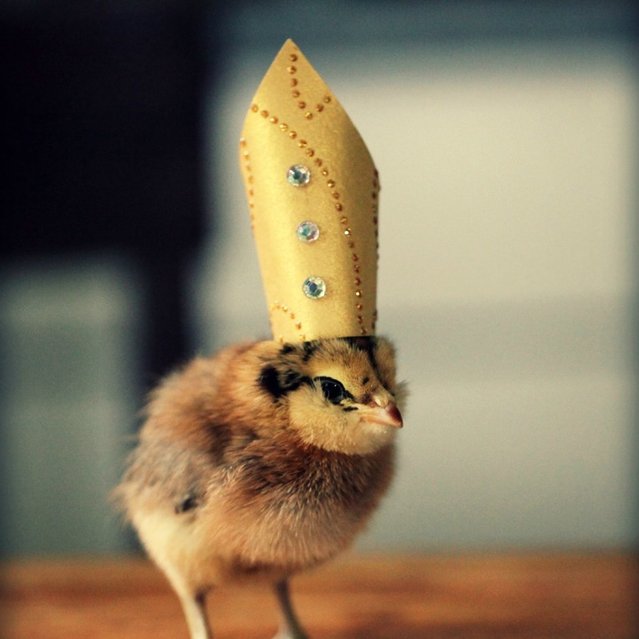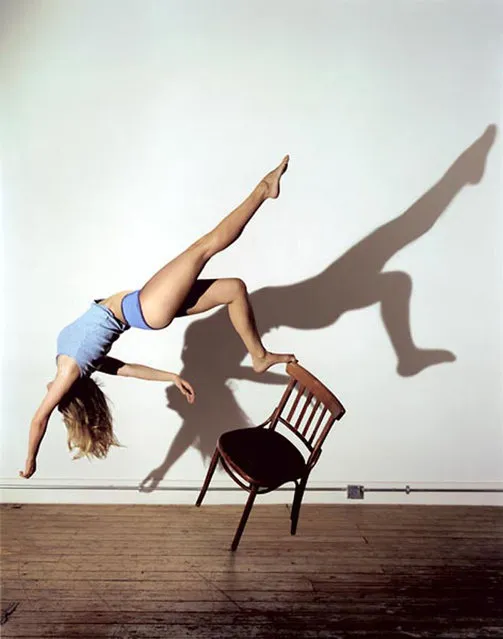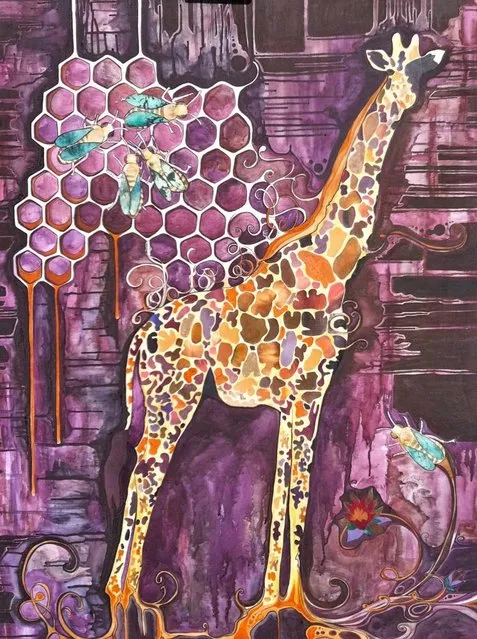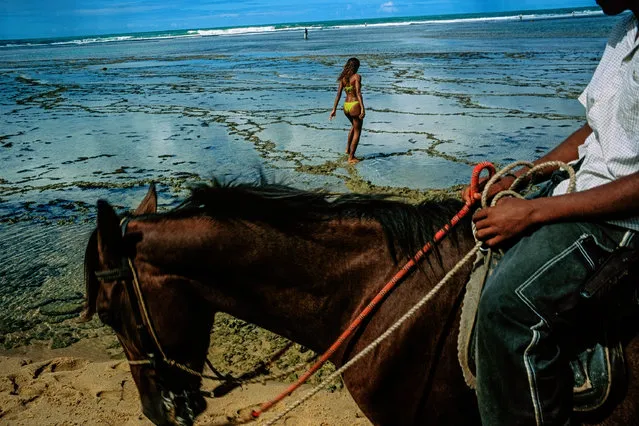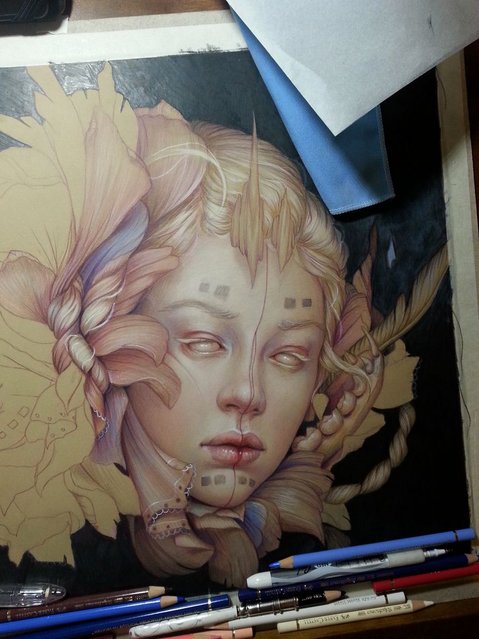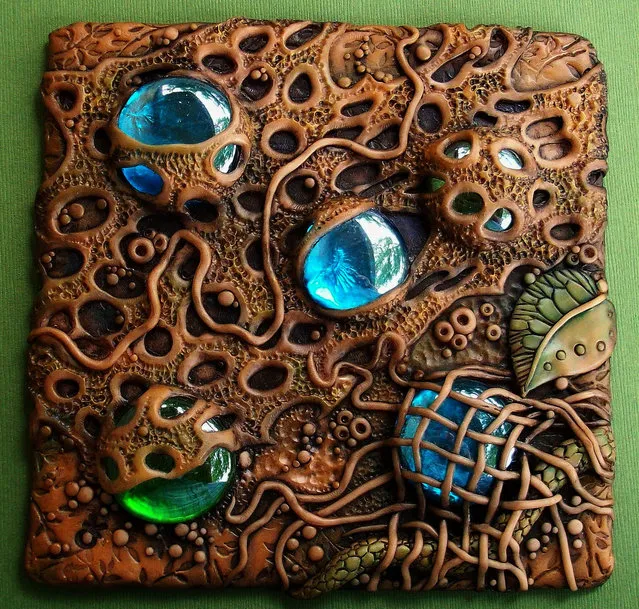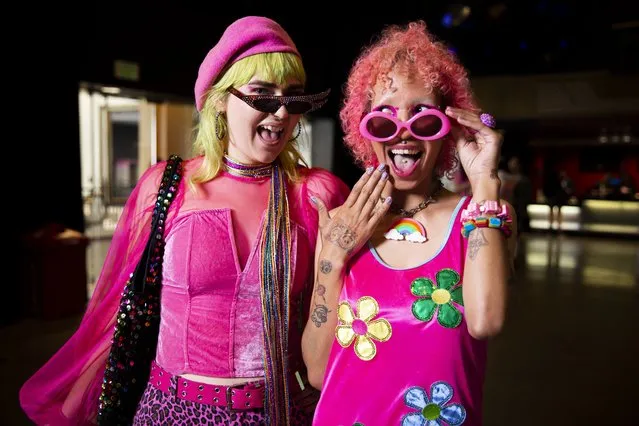
From left, Cierra Fraser, 28, Los Angeles, a nanny, and Joslin Farley, 28, Los Angeles, a barista, poses in the outfits they wore to see the movie “Barbie” at TCL Chinese Theater in Los Angeles, California, on July 22, 2023. “I just knew that it was in good hands. I knew we were not gonna get a stereotypical barbie movie. I knew it was gonna be exactly what the people needed”, said Farley. (Photo by Jenna Schoenefeld for The Washington Post)
31 Jul 2023 03:26:00,post received
0 comments

